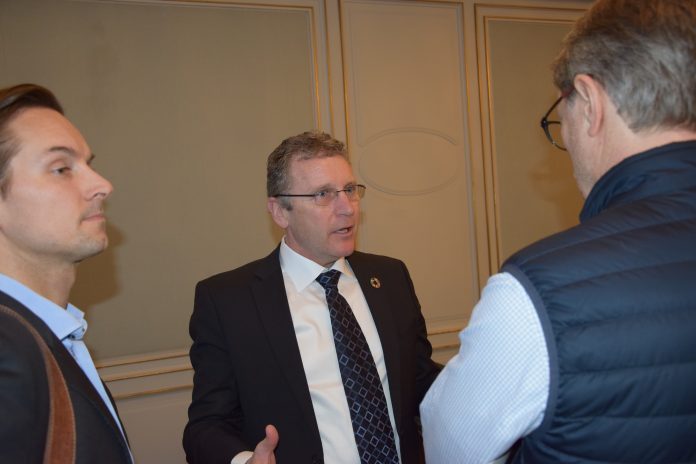Strong biological performance in Norway but biological challenges in Shetland, Scotland, as well as British Columbia, Canada, are driving costs.
Grieg Seafood posted its Q2 results in a financial statement on Wednesday morning. Total revenues during the quarter amounted to EUR 220.6 million, which were unchanged from Q2 2018.
Farming costs during the quarter increased from the same quarter last year, mainly driven by higher cost in Shetland and BC due to biological challenges related to sea lice and algae blooms.
The Group’s EBIT was EUR 30.9 million – a 38 per cent drop from EUR 42.7 million from last year’s quarter.
It expects a harvest volume of 82 000 tonnes in 2019.
Commenting on the Group’s performance, CEO Andreas Kvame, said:
“Grieg Seafood continued to experience strong growth and biological improvements in Rogaland and Finnmark during the second quarter. With a steady focus on our operational priorities, we have increased biological control with preventive efforts and obtained a more efficient utilization of our licenses. Our post-smolt strategy is on track, and during the quarter we acquired 50% ownership of Nordnorsk Smolt. We also ASC-certified an additional three sites in Finnmark.
?While we still have some challenges related to gill disease and algae in Shetland, the biological condition is improving. We continue to work systematically to increase our smolt robustness in Shetland, and survival on smolt stocked to sea so far this year is increasing. We have initiated a strategic assessment for our operations on Skye, as we see that the synergy between our farming areas on Shetland and Skye are low. In BC, challenges related to algae, plankton and low oxygen levels have impacted production negatively during the quarter. This shows the importance of monitoring and use of aeration system to minimize impact. We are still in the early stages in executing on our priorities and we expect continued growth and operational improvements going forward.
“By driving forward improvements to our farming operations, we remain committed to our ambition for sustainable salmon farming and long-term value creation for all our stakeholders, and also remain confident in our 2020 target of 100 000 tonnes harvest with cost at or below industry average.”


